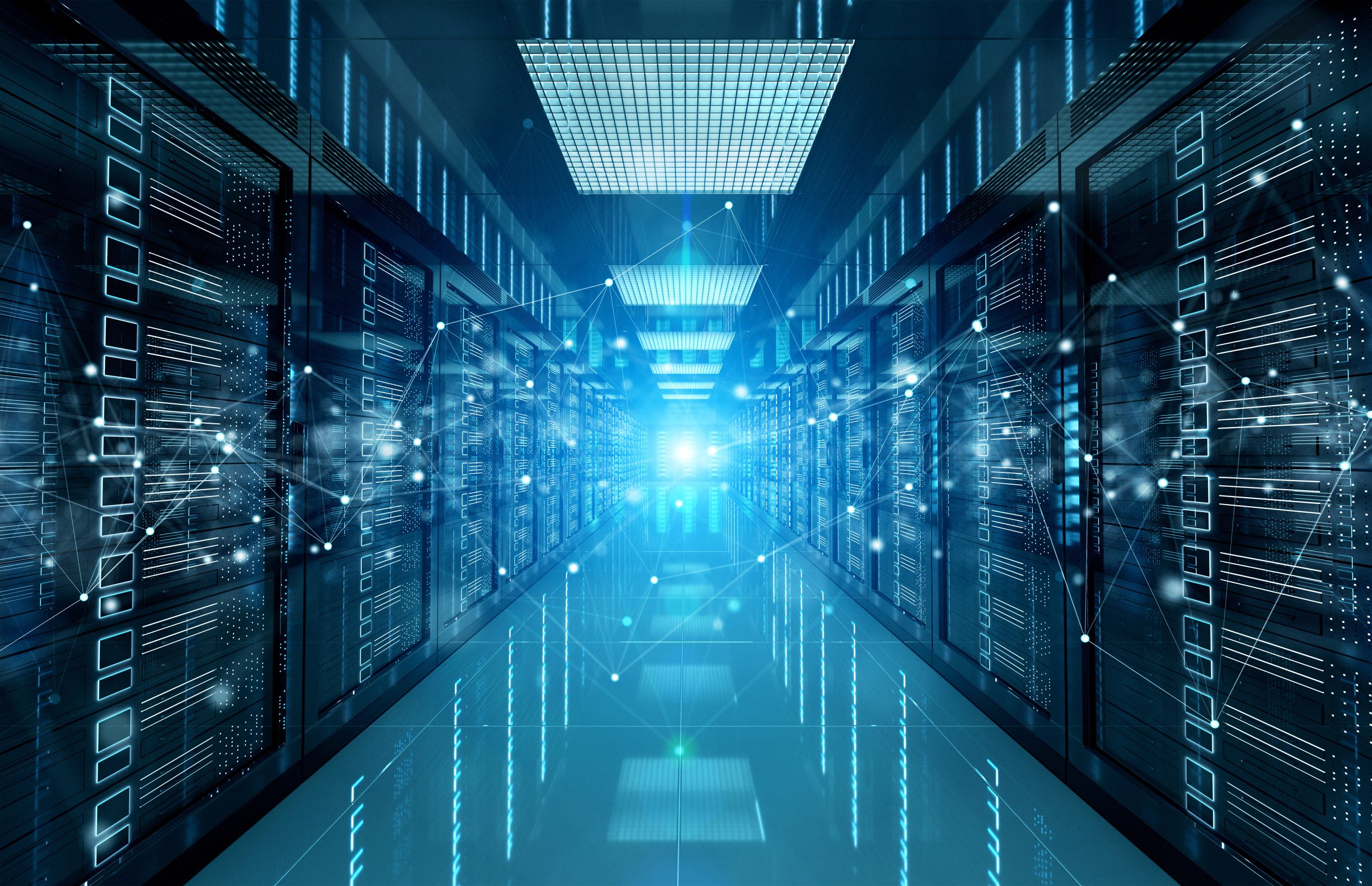Built to Keep Up: Natural Gas Delivers as Energy Demand Rises
Smart Energy Policy, Not Wishful Thinking, Keeps Affordable Energy in American Homes in the Face of Rising Demand

By: Tim Ryan, former U.S. Representative (D-OH)
When we flip a light switch, we expect the lights to come on—it should be that simple. But today, simplicity is facing its greatest test in decades. The nation’s need for affordable electricity is surging, driven in large part by the rapid adoption of artificial intelligence and its voracious need for energy. The stakes for households, businesses, and the environment have never been higher.
A New Era of Energy Demand
Not long ago, our nation’s policymakers and industry experts faced real concerns about energy shortages, rising prices, and the need to rely on imports. Being an importer brought significant challenges, from reliability to security. Through leadership and innovation, in a very short time, we went from an energy importer to the world’s leading exporter — lowering prices and reshaping the global energy landscape in the process.
Today, we are living through another critical moment. This transformation is different; it’s about electrification and shifting dynamics of demand rather than supply transitions.
U.S. power demand is expected to grow at a 2.4% annual rate through 2030—almost 500% higher than the average annual growth rate over the previous two decades. What is fueling this surge? The nation’s shift toward automation and the rising influence of artificial intelligence—all placing new demands on our energy system.
The data centers powering everything from medical breakthroughs to next-generation defense systems require enormous amounts of electricity. These centers could account for almost half of the coming decade’s growth in U.S. power consumption. We hit domestic natural gas consumption records last year, and with this new wave of demand natural gas must be leveraged even more to keep pace.
Demand is Outpacing Infrastructure
To meet demand and continue to lower emissions, we need a pragmatic energy mix since renewables alone cannot yet match the reliability and scale needed to power the data centers and homes alike. Natural gas is the best backstop because it can be dispatched instantly with plants able to turn on and off within minutes, allowing the grid to keep up when the sun isn’t shining or the wind isn’t blowing.
Natural gas is expected to supply 60% of the increased energy demand coming from the growth of AI and data centers, with the other 40% coming from renewable sources. However, this can’t be done without immediate infrastructure advancements.
Today, 5.8 million businesses and over 189 million Americans already rely on natural gas every single day, and America’s energy infrastructure is still struggling to keep up. Over the last ten years, we’ve seen a 43% growth in natural gas demand, but only a 25% increase in infrastructure and a mere 2% growth in storage. The consequence is clear: if we don’t act now and build more energy infrastructure, we risk higher prices, greater volatility, and potential shortages that hit families and businesses first.
Areas with clusters of data centers are especially vulnerable, as these facilities can consume as much power as entire cities. Putting additional strain on local grids could mean higher monthly expenses and greater uncertainty about the stability of their power supply.
The AI Revolution is Here, Where Do We Go Next?
Natural gas is not only practical, but popular.
Nearly 70% of American voters support increased natural gas production, recognizing that energy security and affordability must go hand in hand.
To truly seize this moment, the U.S. needs to accelerate the approval of critical infrastructure—pipelines, storage, and modern power plants.
America’s energy future, and our continued leadership in AI and digital innovation, depends on a reliable, affordable power supply. Natural gas is the practical, immediate pathway to meet soaring demand while reducing emissions, but it must be supported for long-term success. Policymakers and industry must work together to ensure natural gas infrastructure is ready for America to power the next wave of innovation and opportunity.

